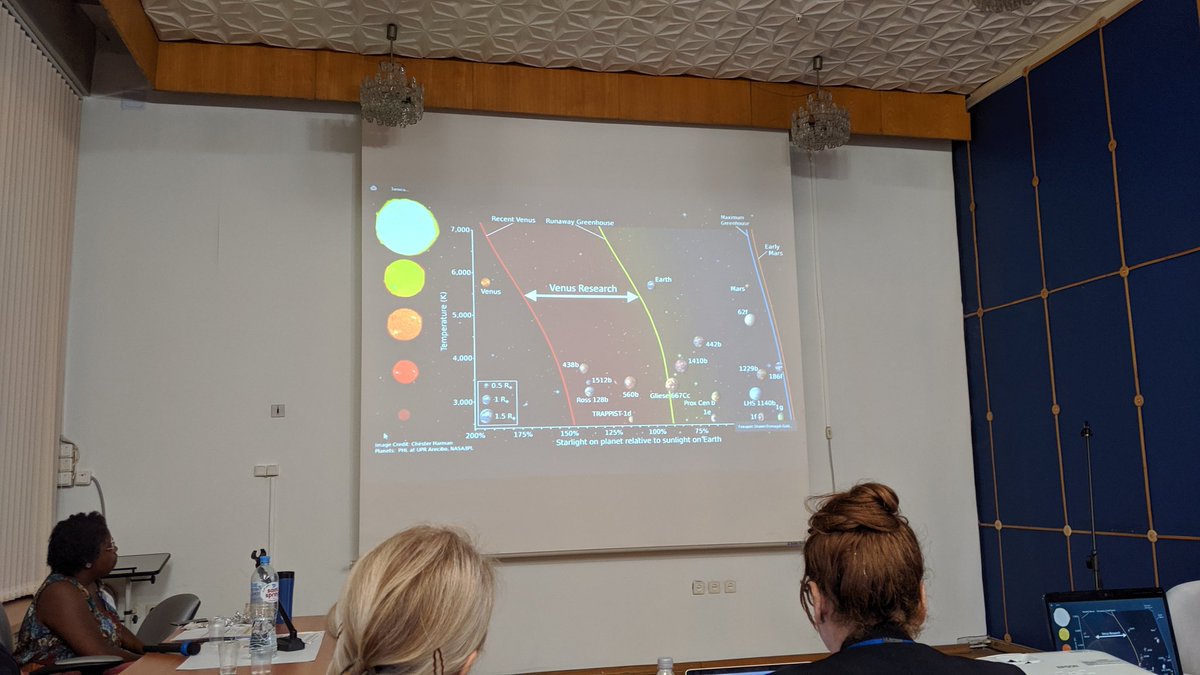
Associate Professor of Earth, Environmental, and Planetary Science at Washington University in St. Louis • Planetary Evangelist • he/him/Sir • 🇮🇪 in 🇺🇸
How to get URL link on X (Twitter) App


 This view from @NASAWebb @ESA_Webb shows galaxy cluster PLCK G165.7+67.0 (also called G165), an enormous gravitational mass about 3.6 *billion* lightyears away that's so big it's bent the light of yet more distant objects behind it.
This view from @NASAWebb @ESA_Webb shows galaxy cluster PLCK G165.7+67.0 (also called G165), an enormous gravitational mass about 3.6 *billion* lightyears away that's so big it's bent the light of yet more distant objects behind it.



 Venus' thick cloud layer obscures the surface from space at visible wavelengths—but there are some "windows" at near-infrared wavelengths where cameras can see through to the surface.
Venus' thick cloud layer obscures the surface from space at visible wavelengths—but there are some "windows" at near-infrared wavelengths where cameras can see through to the surface.
 We really don't have a clue what's inside this or there other "ice giant", Neptune.
We really don't have a clue what's inside this or there other "ice giant", Neptune.
 Most rocky worlds are what we call "one-plate planets": they have a single, continuous outer shell that we call the lithosphere.
Most rocky worlds are what we call "one-plate planets": they have a single, continuous outer shell that we call the lithosphere.

 It all comes down to one simple question:
It all comes down to one simple question:
https://twitter.com/MikaelThalen/status/1359209202292428800The cat's panicked expression


https://twitter.com/ThePlanetaryGuy/status/1306630436836212741
 First off: what *are* the tesserae (sing. "tessera")?
First off: what *are* the tesserae (sing. "tessera")?

 Phosphine (PH₃) is a fairly rare gas. It forms in giant planets, like #Jupiter, because of the extreme conditions inside them (and because of their hydrogen-rich atmospheres). Neither condition applies to Venus.
Phosphine (PH₃) is a fairly rare gas. It forms in giant planets, like #Jupiter, because of the extreme conditions inside them (and because of their hydrogen-rich atmospheres). Neither condition applies to Venus.
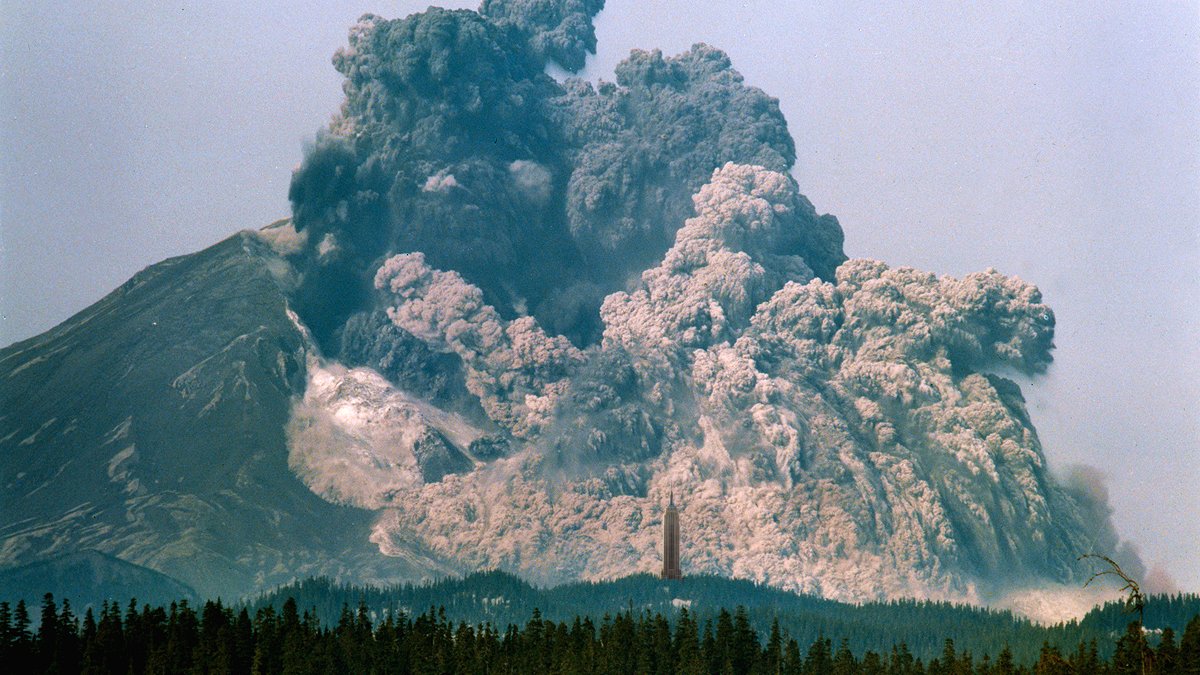
 A shallow earthquake caused the entire northern flank of the volcano to slide. The reduced pressure allowed a huge "cryptodome" of hot, pressurised magma inside the volcano to explode—creating a lateral blast that flattened trees for tens of kilometres.
A shallow earthquake caused the entire northern flank of the volcano to slide. The reduced pressure allowed a huge "cryptodome" of hot, pressurised magma inside the volcano to explode—creating a lateral blast that flattened trees for tens of kilometres. 
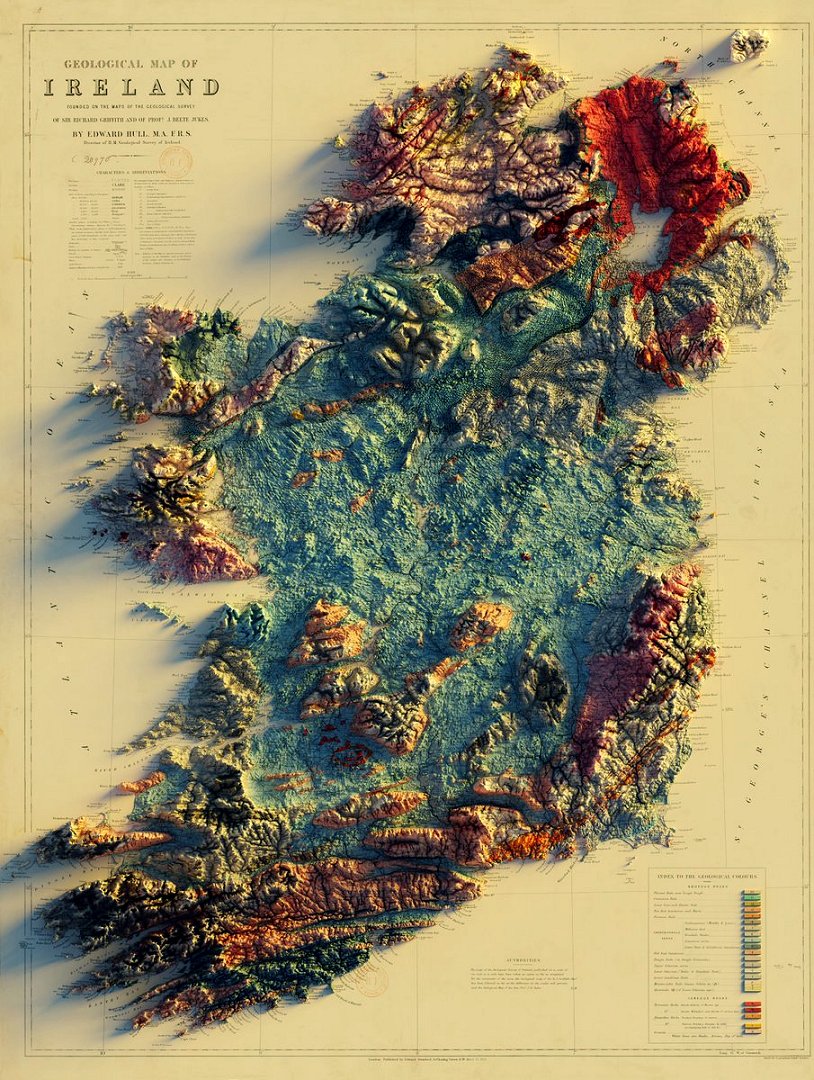
 First up: the Wicklow Mountains (white box on map to the right).
First up: the Wicklow Mountains (white box on map to the right).
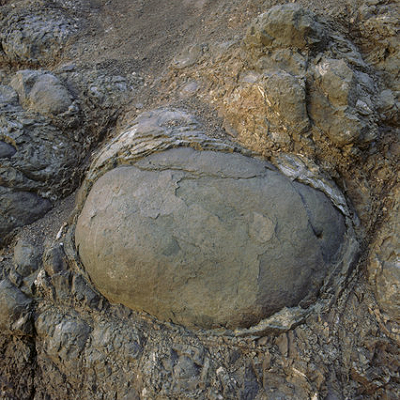

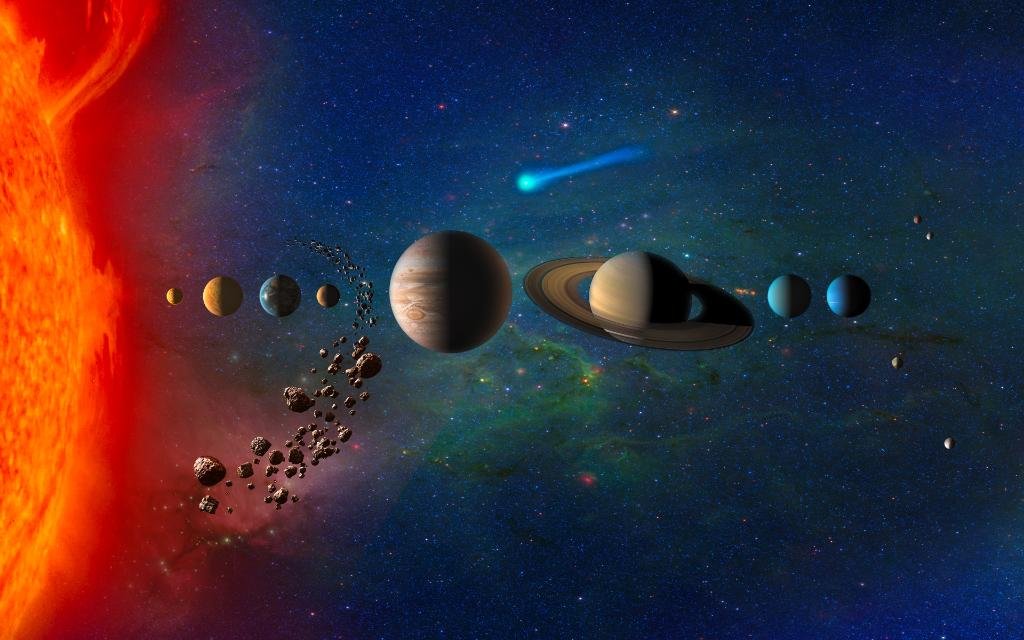
 The first is DAVINCI+ (Deep Atmosphere Venus Investigation of Noble gases, Chemistry, and Imaging Plus), which is a mission to take detailed chemical measurements as it plunges through the Venus atmosphere!
The first is DAVINCI+ (Deep Atmosphere Venus Investigation of Noble gases, Chemistry, and Imaging Plus), which is a mission to take detailed chemical measurements as it plunges through the Venus atmosphere!

 The next talk is from Shawn Domagal-Goldman, who's describing (remotely, from the US!) how #Venus offers us a useful natural laboratory to understand planetary habitability in general
The next talk is from Shawn Domagal-Goldman, who's describing (remotely, from the US!) how #Venus offers us a useful natural laboratory to understand planetary habitability in general